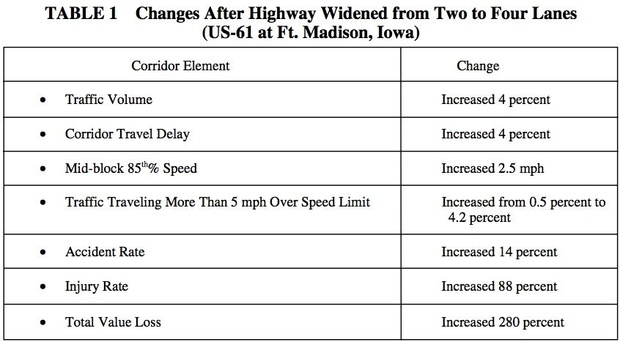Why federally owned trackage could be good
This is not an opinion I formed lightly. It has come from my experiences traveling internationally and witnessing first hand how the United States is clearly behind in rail travel. I am also always reluctant to postulate that our federal government is better or smarter at providing a service than privateers (see: Parcel Delivery). But there are some areas where government standards can improve efficiency and safety (see: FAA & Air Travel – minus the boondoggles that are TSA & DHS).
By having the track rights under federal control, it relieves freight carriers of their property. I say relieve because at the moment they pay property tax on their right-of-ways. Instead it would be better served to have them pay a usage tax, or something similar, rather than retaining ownership. The reason being is the rail network vastly needs up an upgrade.
Kyosho Raider
 Continue reading
Continue reading Democrats, Libertarians, and the roads we travel
Let’s take a moment and look at two political philosophies and how they can even be applied to something as simple and mundane as a road (re)design. It may seem like somewhat of a reach, but stay with me for a story of regulation vs. self-regulation.
In Finance
Alan Greenspan himself did not foresee the housing crash coming. His mantra had always been that the market should (and will) self-regulate. He may have, at one point during the crisis, re-considered his libertarian ideals, as the situation left him “in a state of shocked disbelief.”
I saw Alan Greenspan on Charlie Rose (relevant conversation at 51:16) where he discussed the 2008 mortgage crisis. I suspect that in the aftermath he did some research going backwards to see what could have been done to prevent it. He mentioned a change at the NYSE in 1970 that allowed broker-dealers to become incorporated. Prior to this, broker-dealers were required to be partnerships where all partners had “skin in the game.”
How to cheat at winter cycling
When it comes to winter bike commuting, I’m somewhat of a cheater: I only ride to work when it’s convenient.
For example, if I’m meeting someone on the other end of town after work, I drive. But it’s almost always more convenient to throw a leg over the saddle than to reach for the car keys – because I’ve made it that way.
It’s only October, but here in America’s snow boot we know winter is coming! Last year I had the opportunity to become a year-round bike commuter, thanks to a new job with a very convenient location. My not-so-new job has now moved to a new location, and my commute is 4 miles instead of 1, but it’s all do-able even in the winter. Here are some things I did to make it a no-brainer to spin to work on most days rather than driving.
Two Bikes
My biggest cheat is by having two bikes. Being a bike “enthusiast” it’s natural that I have a couple of bikes. Every winter I put winter tires (and fenders) on both of them. They’re strategically set up for varying levels of winter weather, so I just ride which ever one is more appropriate for the weather that morning, or what is forecasted for that day. One bike is for nice winter days, and the other is for harsh winter days.
Continue reading
